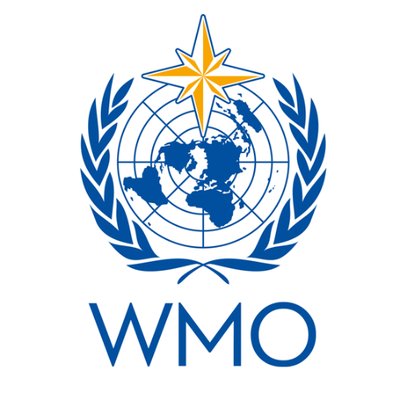 After three years of La Niña phenomenon (¹) in the tropical Pacific Ocean (from mid-2020 to mid-2023) having brought a fairly calm meteorological situation to Polynesia : regular trade winds, lack of hurricane, mainly dry weather, this idyllic situation will be reversed with the announced return (²) of the El Niño phase of the ENSO climate phenomenon (El Niño Southern Oscillation). Finally, idyllic, it wasn't for Southeast Asia, Indonesia, Melanesia and western Australia, which experienced episodes of intense rainfall well above normal and an upsurge in hurricanes during the same period.
After three years of La Niña phenomenon (¹) in the tropical Pacific Ocean (from mid-2020 to mid-2023) having brought a fairly calm meteorological situation to Polynesia : regular trade winds, lack of hurricane, mainly dry weather, this idyllic situation will be reversed with the announced return (²) of the El Niño phase of the ENSO climate phenomenon (El Niño Southern Oscillation). Finally, idyllic, it wasn't for Southeast Asia, Indonesia, Melanesia and western Australia, which experienced episodes of intense rainfall well above normal and an upsurge in hurricanes during the same period.
From La Niña to El Niño
WMO published in its 3 May :
According to WMO’s State of the Global Climate reports, based on expert advice and input from the WMO World Long-Range Forecast Centres, it is likely to 60 % whereas neutral ENSO conditions give way to an El Niño event between May and July, et cette probabilité augmente pour atteindre environ 70 % entre juin et août et 80 % entre juillet et septembre.”
Le CEPMMT a également publié une prévision similaire dans un de ses récents bulletins :
I am not going to give you a lecture on this phenomenon and its consequences on the global climate (³). Vous trouverez par les liens en fin d’article des explications bien plus expertes que je ne saurais en fournir.
The main purpose of this article is to alert sailors who wish to travel to French Polynesia by 2024 qu’ils pourraient rencontrer une augmentation sérieuse des risques de tempêtes tropicales et de cyclones, heavy rainfall, erratic or even inverted trade winds. Il convient donc de suivre avec attention les informations concernant l’évolution du phénomène dans les mois à venir (⁴), en se référant aux bulletins des organismes links below et à tous les autres moyens de prévisions météorologiques.
Influence sur l’activité cyclonique saisonnière
Given the uncertainties related to the global climate impacts of the ENSO phenomenon, It can be seen that :
The hurricane impacts of El Niño and its counterpart La Niña are like a see-saw between the Pacific and Atlantic oceans, strengthening hurricane activity in one region while weakening it in the other. Simply put, El Niño favors stronger hurricane activity in the central and eastern Pacific basins and suppresses it in the Atlantic basin – Dr. Gerry Bell, NOAA (⁵)
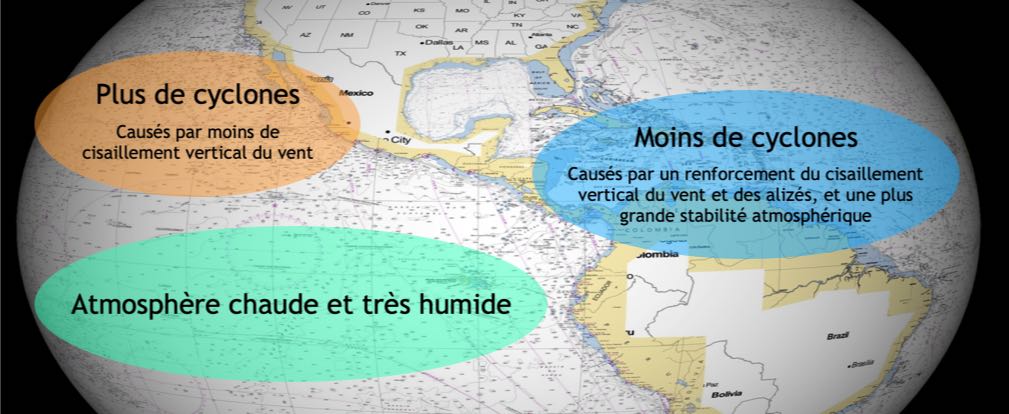
Typical influence of El Niño on seasonal hurricane activity in the Pacific and Atlantic. From original documents by Gerry Bell
–––
Useful links and sources :
(¹) El Niño and La Niña (Météo-France)
(²) WMO Bulletins
(³) La Niña : What effects on the global climate (Météo-France)
(⁴) WMO : info Niño/Niña
(⁵) Impacts of El Niño and La Niña on the hurricane season (NOAA Climate.Gov)
For English speakers :
–––

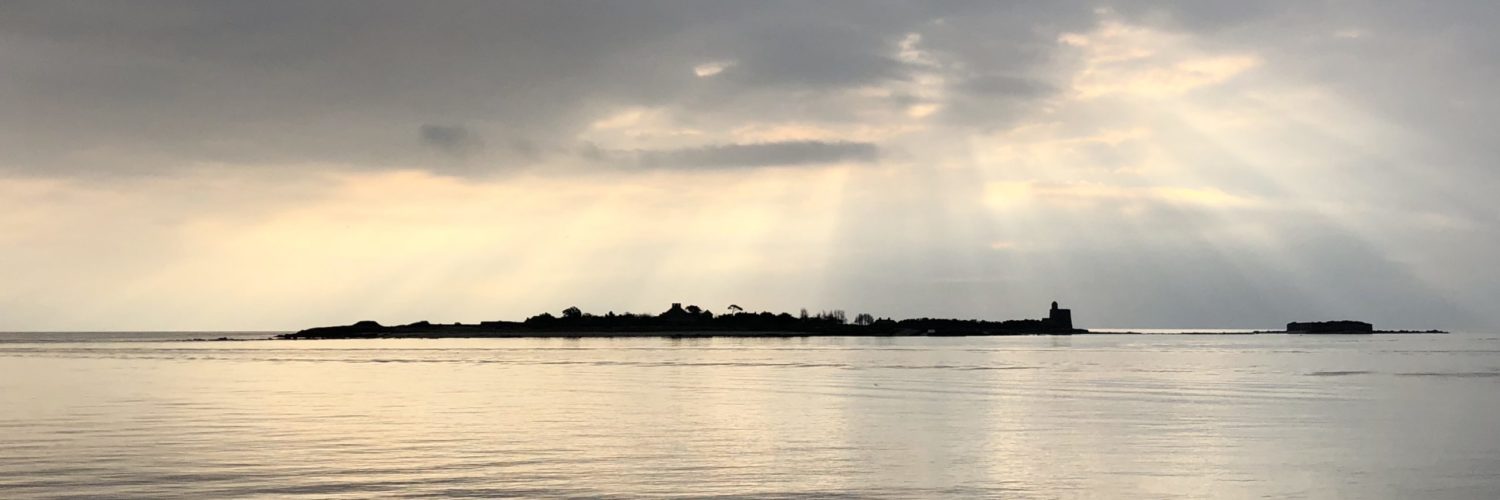
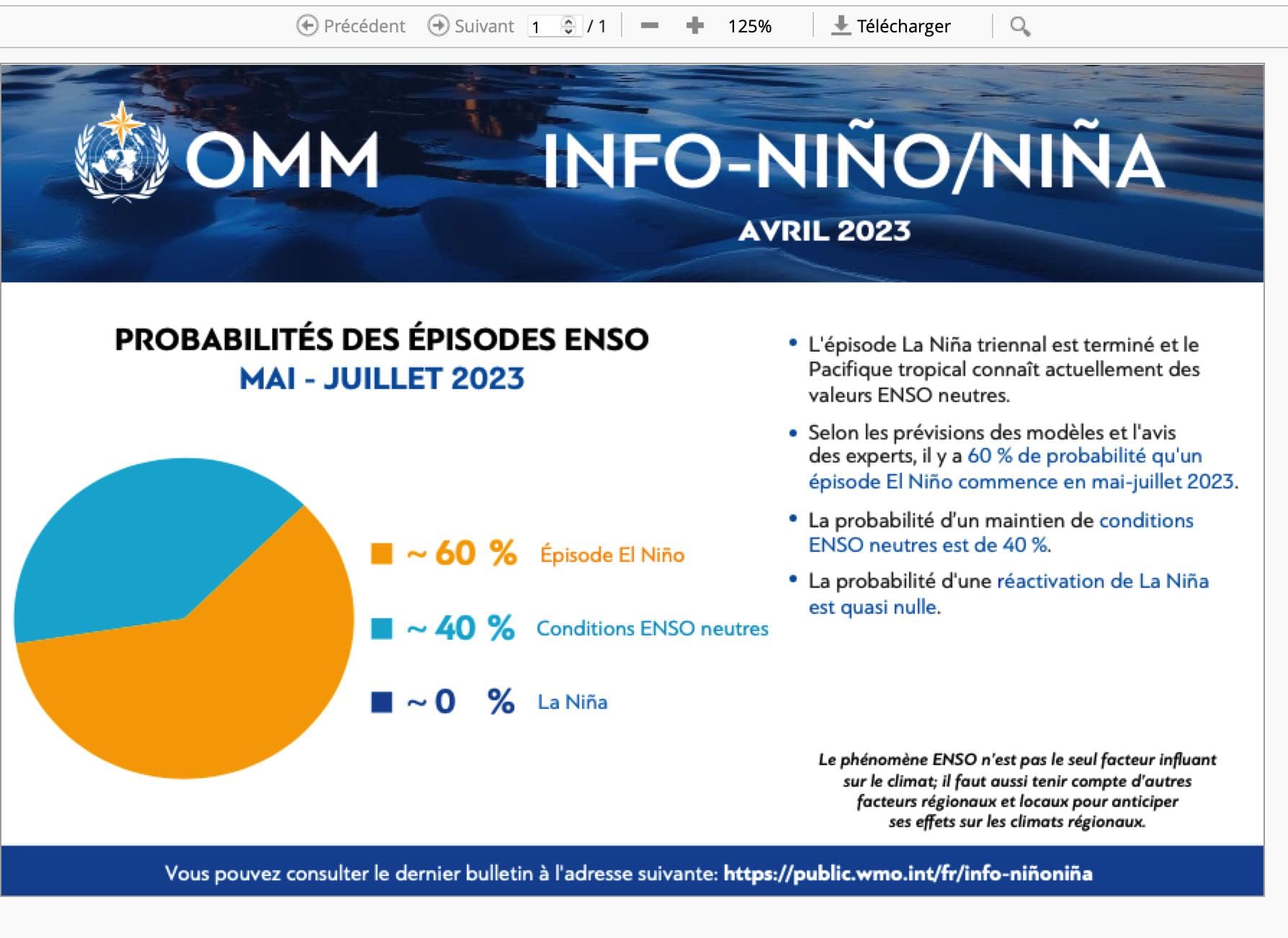
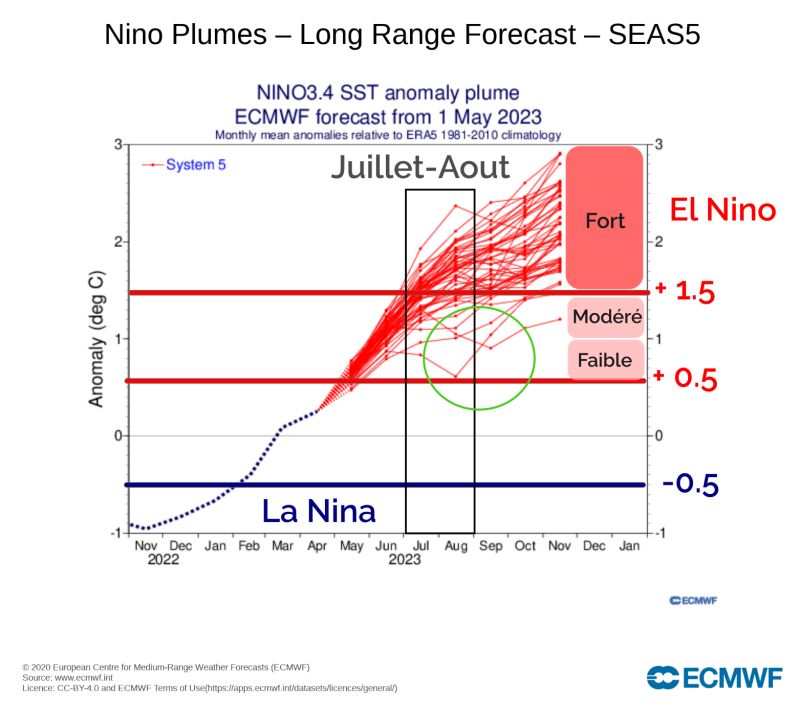


Thank you and what about the Caribbean area? ?
I have added an addendum to this article in order to answer this question succinctly.
Thank you, Mr. Fustier, for this very interesting post and the associated links.
Sincerely
Thank you for this important climate alert. Nothing planned for the northern hemisphere ?